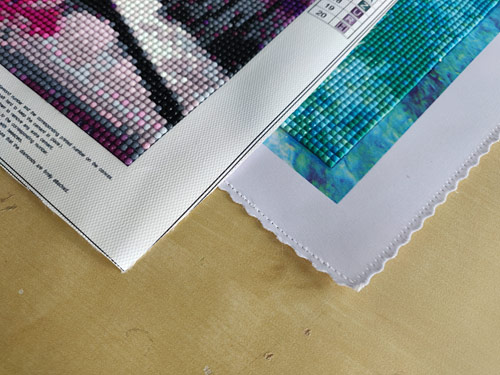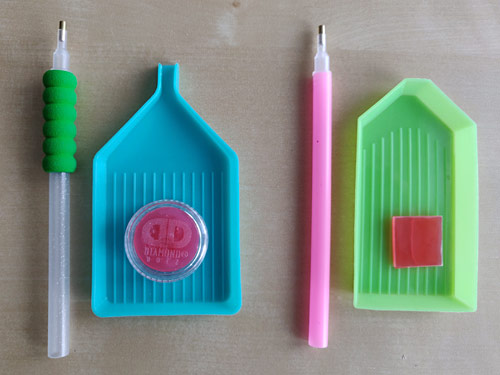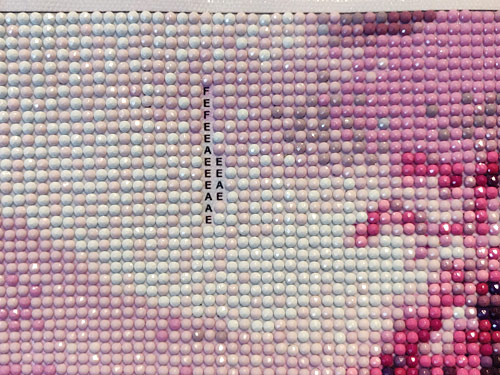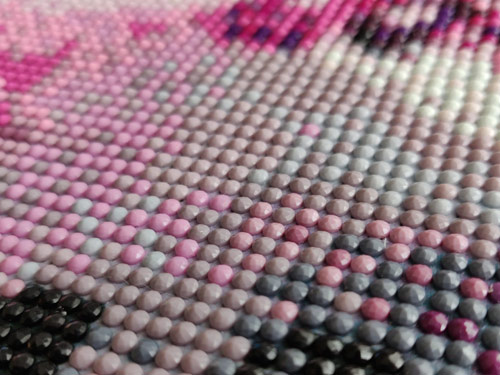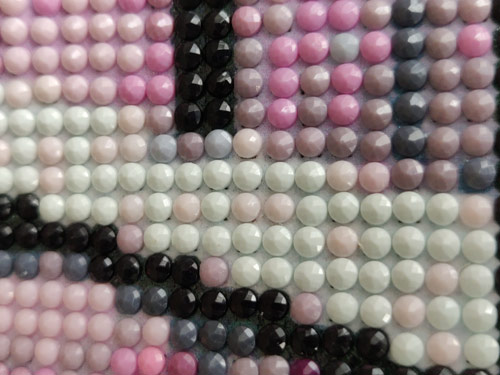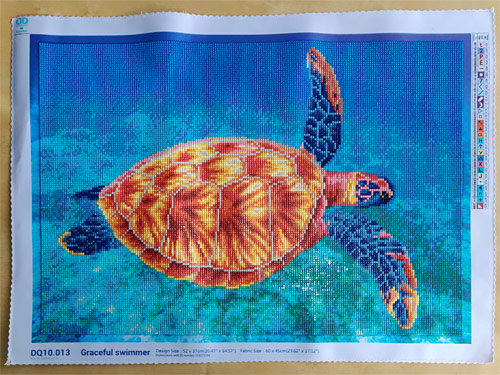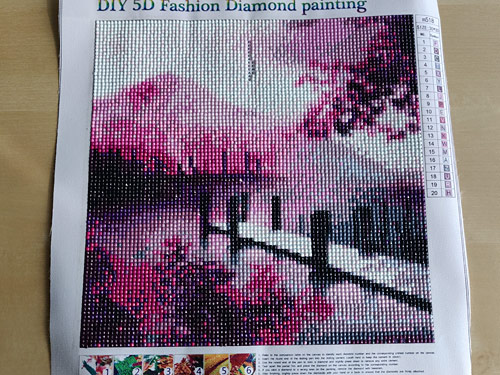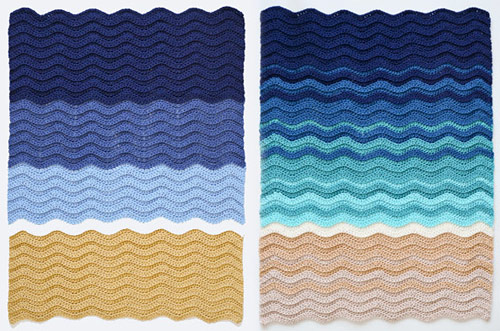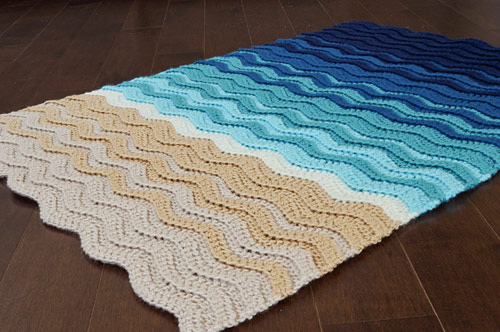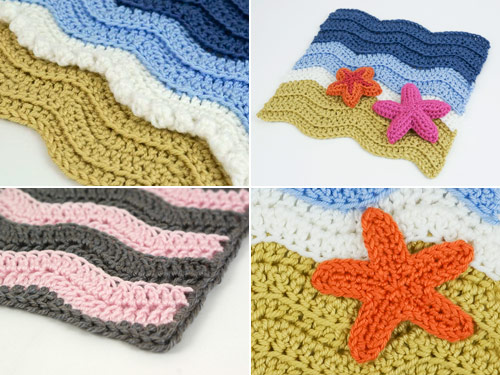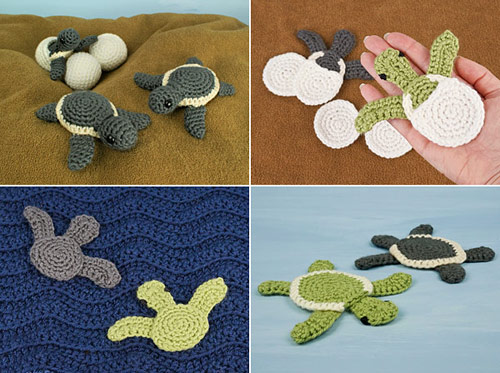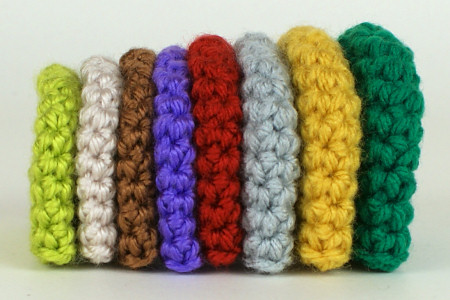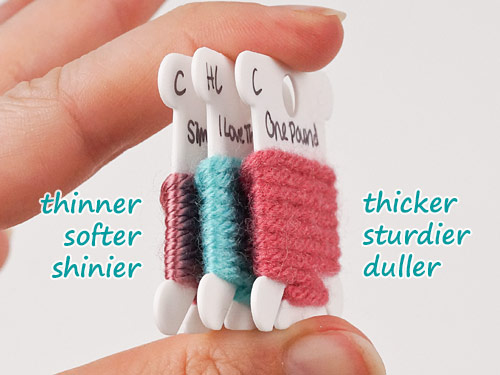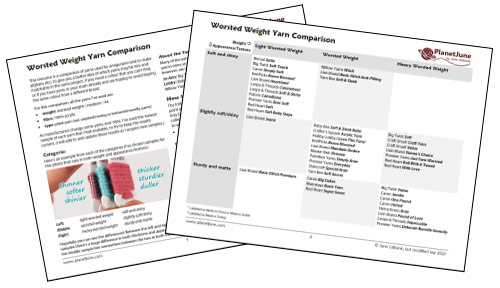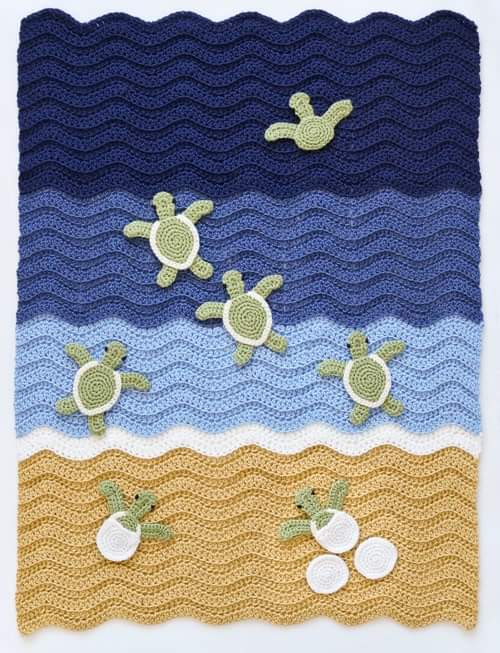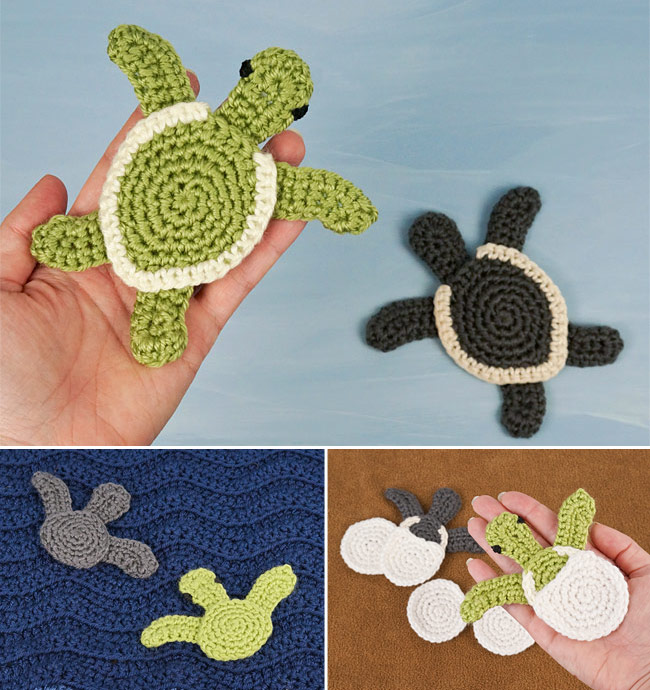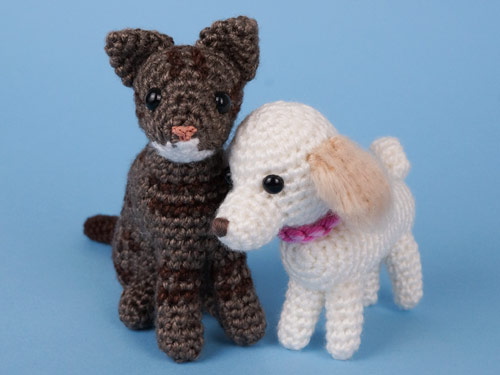2021: year in review
Writing my Year in Review post every year helps me to see what I’ve accomplished, think about what I’ve learnt, and decide what I’d like to do differently in the following year.
Who’d have thought that this year would be, in many ways, harder than 2020?!
This year, I’ve only published 7 new patterns all year – only one more than I managed in 2020! But considering everything else that’s been going on, I’m not letting myself feel bad about that.

While I didn’t publish any specific crochet tutorials this year, I was doing crochet-related research instead that will benefit us all in future! I organized my stash with my worsted weight yarn bobbins, and I completed two massive crochet investigations (Scaling Amigurumi and the huge Worsted Weight Yarn Comparison), both of which have helpful tables of results to help you with amigurumi-making.

My craft projects this year have helped me stay calm through the difficult times, as always. Diamond painting has definitely been a joyful discovery for me; it’s just mindless enough to be relaxing without being boring.

I crocheted ami-Maui and ami-Maggie, and I finished the year with a few more fun crochet projects for myself (I haven’t had the chance to blog about those yet, but there’s a sneak peek in the pic below).

And this reminds me that I haven’t done a stitch of knitting all year! I still haven’t had a chance to set up my knitting machine in my new studio, and I haven’t felt like picking up the needles either… I’m sure that’s about to change though – I always come back to my crafts eventually, and Maggie needs some new dog sweaters.?
I’ve also spent a lot of my ‘making’ time this year customizing curtains for the new house: including sheers and curtains, I’ve hemmed 32 panels to each fit the windows they cover – I only finished the last ones this week! And I’ve been baking bread – I’m making good use of the breadmaker my Mum bought for me as a housewarming gift:

Yes, I like experimenting with bread recipes!
So there’s been lots of creativity going on in 2021 – and that’s just the way I like it. 🙂
Business Report
In 2021 I pushed myself out of my comfort zone:
-

I gave an hour-long live presentation for the Kitchener-Waterloo Knitters’ Guild. It was an honour to be invited – it was their first ever crochet presentation, so I felt like I had something to prove, to try to explain some of the benefits of crochet to knitters! The presentation was given over Zoom, and despite my getting a little flustered and overheated under my studio lights, I had dozens of my amigurumi and crocheted accessories at the ready to illustrate my points, and I had lots of interest and good feedback, so I think it went well.
-

I also reached the astounding milestone of 100,000 subscribers to my YouTube channel (I’ll be writing a post about that when I receive my award!), and used this as an excuse to force myself to be brave enough to show my face on video for the first time ever – something I’ve been planning to do for years, but never got comfortable enough to make it happen until the presentation gave me some courage to film a special video to commemorate this occasion. (If you haven’t seen the video yet, take a look now!)
I made some big behind-the-scenes improvements:
- When the latest Windows update broke something in my workflow I invested in a professional desktop publishing software package. I’m still grappling with the learning curve (one of the reasons why I haven’t been able to publish more patterns this year) but I can already see how much smoother and more flexible the process is going to be in future.
- I managed to get my shop listed in the Google Shopping tab, and I’m a large fraction of the way to getting Google Seller Ratings enabled for PlanetJune. These will both increase my visibility in search results and hopefully lead to more sales on an ongoing basis.
And I had some more big projects on the go:
-

I set up a massive new annual crochet along – the PlanetJune Reindeer Games – for the holiday season, complete with special virtual medal graphics. Creating the games was a ton of work, but the first year has been a big success (blog post coming soon!) and it’ll be much easier to run the games in future years.
- And I signed a contract for a secret project that I can’t tell you about yet! I’ll be able to reveal the details some time next year. 😉
Personal Report
This year I’ve moved house (into our beautiful new forever home that wasn’t completely finished when we took possession, and only had the final fixes – and the fridge! – arrive this month, so it’s basically taken the entire year to get everything organised).
I’ve dealt with the decline of my beloved cat Maui, and now I’m adjusting to managing his kidney disease and diabetes. And I’m still struggling with my own ongoing fatigue issues.
Then there’s the ongoing stress of the times that we’re all going through. Things are different these days, and I often don’t have the energy to show up online for social media and all that stuff, even though I miss my online friends there and I know it would be ‘good for business’ to show up regularly. But I find social media overwhelming and exhausting, and I need to stay away from it most of the time to protect my mental health.
Speaking of mental health, I’m doing much better there – I’ve stopped needing therapy for the PTSD and anxiety disorder, and I feel so much better that I’ve been tapering off my anxiety meds for the past few months. It’s a very slow process – it takes weeks for the brain to adjust to each reduction – but I’m down to 1/8 of the minimum effective dose now, so I’ll be completely drug free soon!
Musings on Long-Term Self-Employment
Being self-employed means there’s no ladder to climb; no promotions or bonuses I can aim for, and yet, there is a reward for putting in 14 years of service (so far) at PlanetJune: having several hundred patterns in my catalogue thankfully means I don’t need to stick to a strict publishing schedule in order to stay afloat. So when external circumstances mean I can’t be very productive, that’s okay – I can still get by on sales from my past 14 years of design work.
I’m still just as passionate as ever about my work and my craft, and I’m not going anywhere, it’s just that it takes longer for me to produce anything new these days! Maybe that’ll change in future, and maybe not – it’s okay either way. Quality over quantity, always.
Looking Back
The common theme that runs through my 2021, and one I hadn’t noticed until looking at it all together like this, is that everything I’ve done (crochet research, tech improvements, trying new and scary things) has been like planting seeds that will continue to bear fruit in the future. So, looking at it that way, perhaps 2021 has been more productive than I’d realised…
Looking Forward
My overall goal for PlanetJune is to create work I can be proud of while making enough money to support the life I want to live. I’m not going to set specific goals for 2022 – I have a few big projects planned, and other than that we’ll see where inspiration strikes.
Last year, my wishes were for acceptance (of the things I can’t control), appreciation (of all the good things in my life), and inspiration (to keep moving forwards and trying new things). Those are still excellent guiding principles that I aim to live by, but as we head into the third year of the pandemic, I want to change the focus a bit.
So, my wishes for 2022 are for:
- resilience to keep going through the tough times
- grace to not beat myself up when reality falls short of expectation
- hope to look forward to the better things to come
I wish the same for you – and that you’ll be happy, healthy and safe in 2022. Happy New Year!






